Deadheading: The Subtle Science Behind Pruning Your Dead Flowers
Published Aug. 4 2021, 5:03 p.m. ET
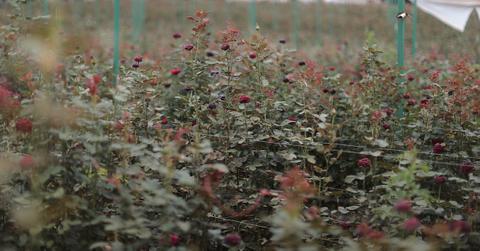
After working hard to make sure that your flowers are watered, fed, and well cared for, there’s nothing better than looking out at your garden to see a riot of colorful flowers. But there’s nothing worse than the moment right after your flowers have arrived, when some of the beautiful blooms start to wither on the stem.
One method for eking out a few more blossoms out of your flowers is to “deadhead” them, or prune away the dying flowers. But doing this properly means understanding how deadheading works with different types of flowers.
Why deadhead flowers at all?
As flowers fade, they begin to drop petals and form seed heads. This is a natural part of the process, though it does leave your blooms looking a bit worse for wear. According to Gardening Know How, deadheading those already dying flowers helps them to rechannel their energy into growing new, brighter flowers rather than focus on the formation of seeds. If done properly, it can keep perennial plants flowering well into the season, and even enhance them over time.
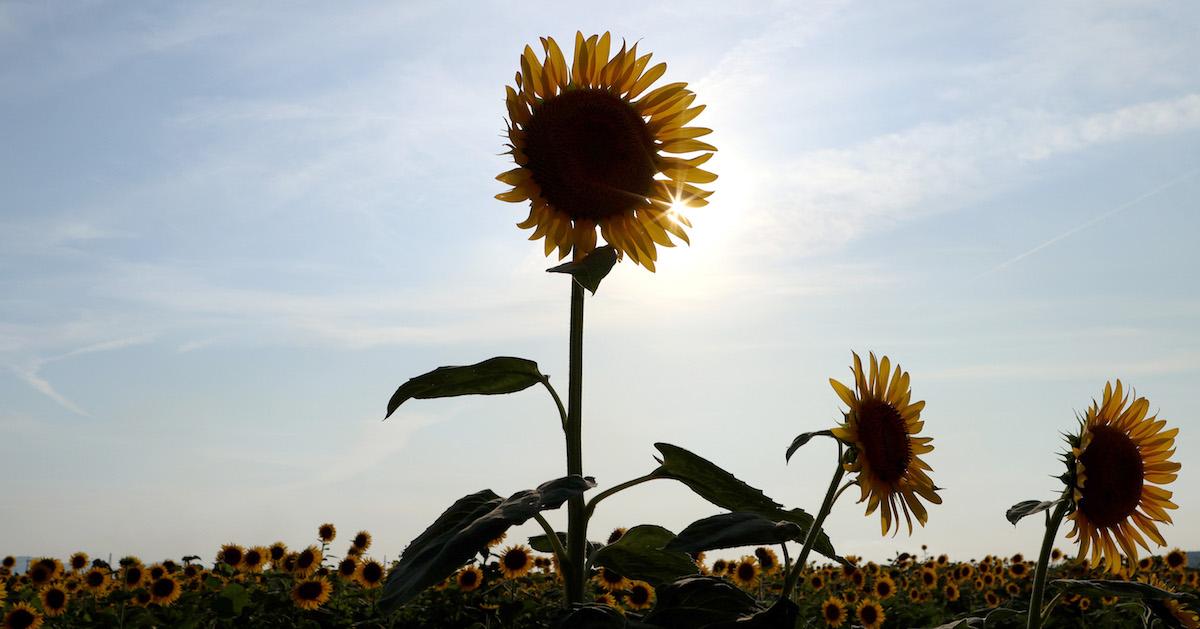
What's the proper way to deadhead?
All you need to properly deadhead is a pair of pruning shears and a little guidance. According to Bob Vila, most flowers can be deadheaded by removing the flower and a bit of the stem just below the burned-out bloom, but above the healthiest leaves. Also, be sure to remove any seed pods that have formed behind the flowers themselves. The other trick is timing. Flowers should be deadheaded as soon as they start to fade, not after petals have started dropping.
How to deadhead roses
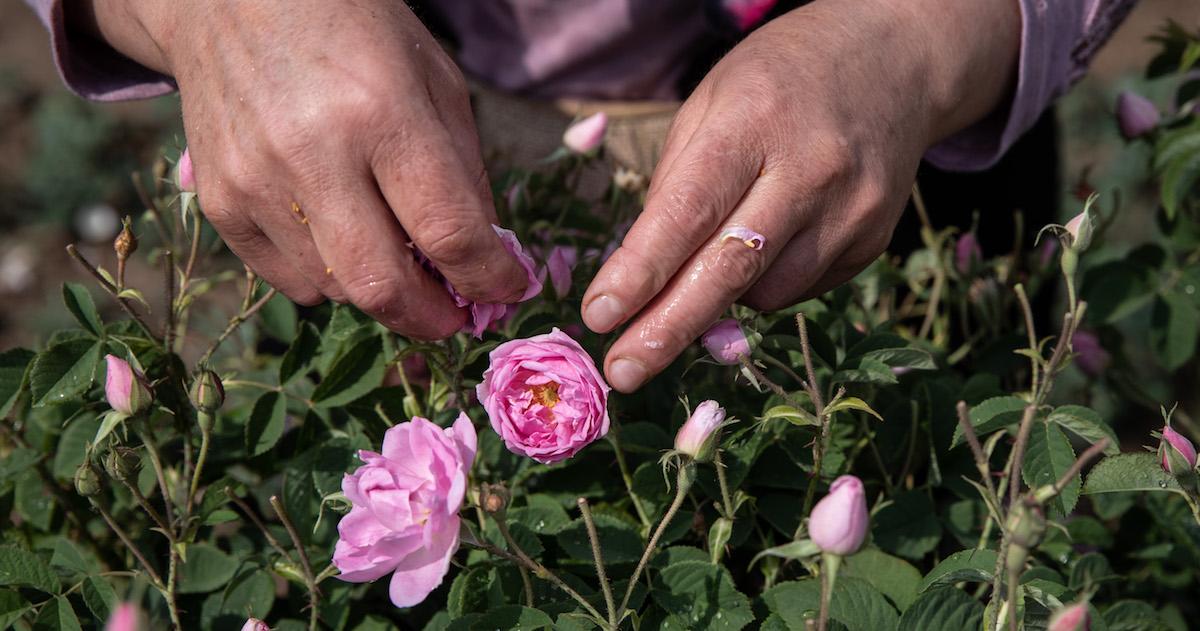
When deadheading roses, Gardenista recommends snipping only a single dead blossom at a time. Even if your rose flowers are bunched together in clusters, you'll want to wait for all the others to die off before removing the rest of them. This will keep the rose healthy enough to keep on blooming through the season, without interrupting the natural process too much. Be careful to use pruning shears for this particular prune, though.
How to deadhead bleeding hearts
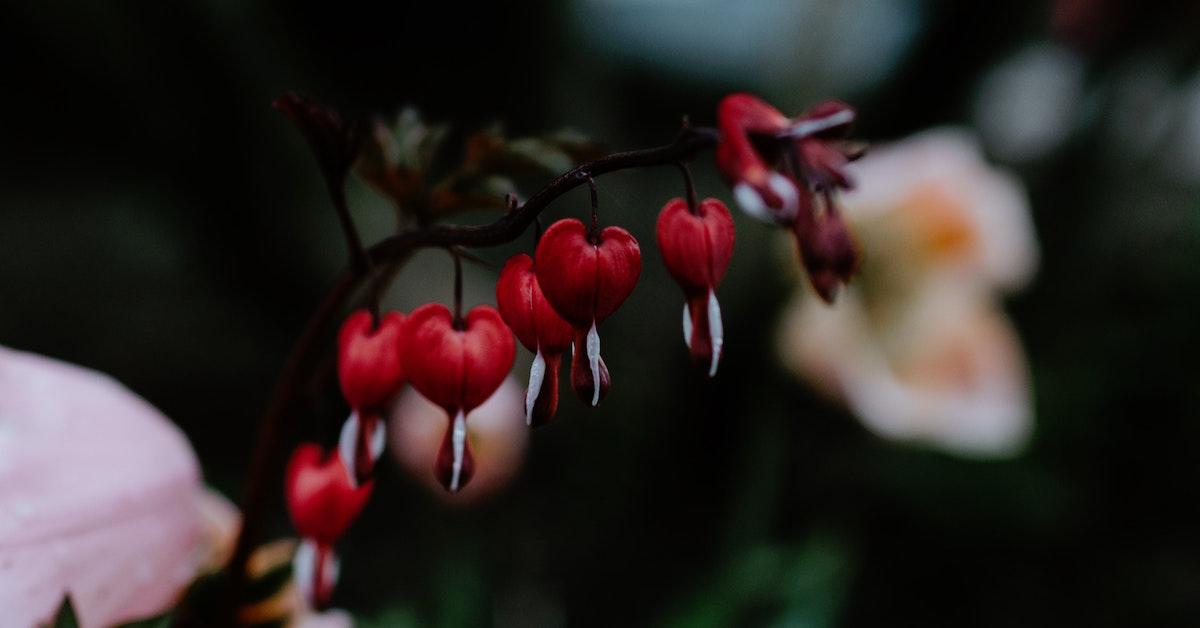
As perennials, bleeding hearts will continue to grow and thrive with each coming year, as long as you keep them in check with regular pruning. Bleeding hearts also bloom pretty continuously during the season, so Gardening Know How recommends deadheading spent flowers every few days while the plant is in bloom. You don’t even need a snipper for this, just pinch the dead flowers off with your fingers.
How to deadhead salvia
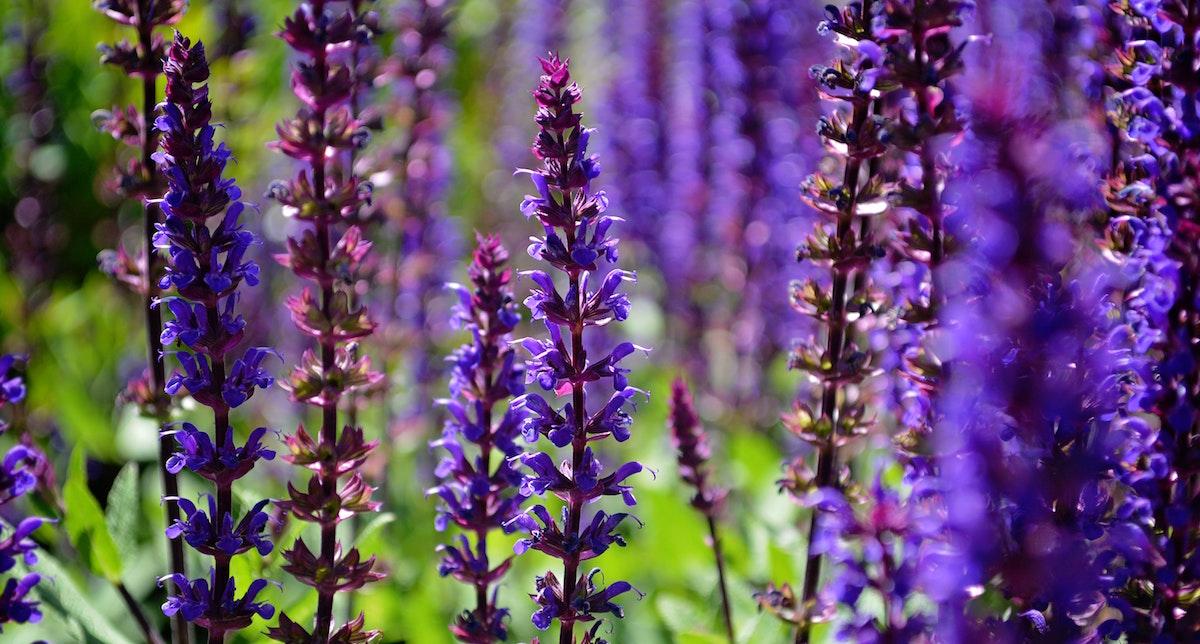
Salvia is a beautiful plant when in bloom, but its tall-stalked flowers are difficult to deadhead properly. When deadheading, SFGate recommends finding the highest set of leaves and trimming the stalk right above them. You’ll know this is the right place because you should see two small buds just below those leaves. It’s best to trim salvia at the beginning and right in the middle of summer.
How to deadhead basil
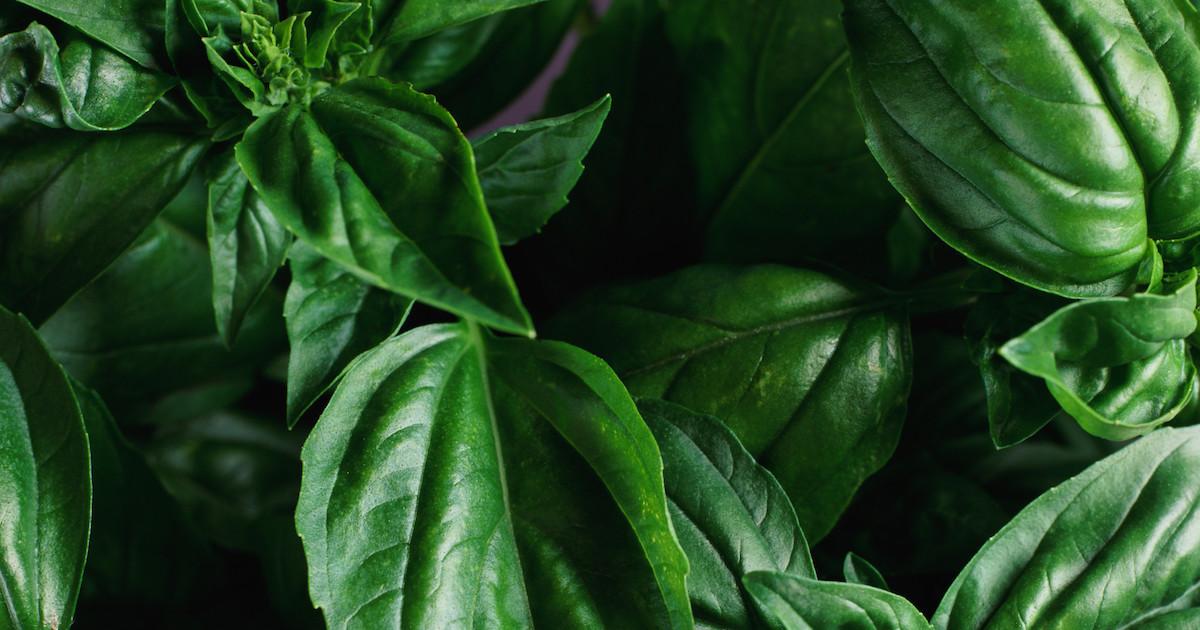
Basil isn’t a flower but it does have flowers that benefit greatly from being deadheaded. In order for basil to continue to grow and produce its herbaceous leaves, the tiny flowers that grow above those leaves will need to be plucked frequently. Cedar Circle Farm, and my Nonno, incidentally, both recommend pinching flowers off as soon as they appear.